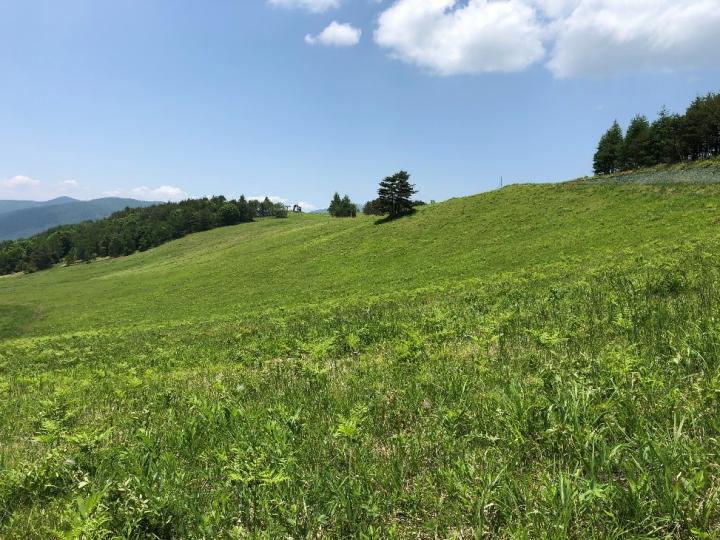Researchers from the University of Tsukuba and Kobe University find that the sustained, long-term continuity of grasslands increases plant species diversity and can indicate grasslands of high conservation priority

Credit: University of Tsukuba
Tsukuba, Japan – “The grass is always greener on the other side,” as the saying goes, but in this case, it’s more diverse. Researchers from Japan have discovered that old grasslands have higher plant diversity than new ones, and that grassland longevity can be an indicator of high conservation priority.
In a study published this month in Ecological Research as online version, researchers from the University of Tsukuba have revealed that the longer grasslands have been around, the higher their plant diversity, and the more likely they are to be of high conservation priority.
Grasslands can be classified as natural (existing in natural climatic conditions and disturbance systems) or seminatural (maintained by artificial disturbances such as pasturing, fire or mowing). Seminatural grasslands are ecosystems with rich biodiversity. Unfortunately, both types of grasslands are declining globally.
“There’s an urgent need to identify grasslands of high conservation priority,” says lead author of the study Taiki Inoue. “The results of a growing number of recent studies show that vegetation history affects current biological communities. The aim of our study was to evaluate whether the uninterrupted continuity of grasslands through time promotes biodiversity, and therefore can be an indicator of conservation priority.”
To do this, the researchers investigated plant communities in old (160-1000+ years) and new (52-70 years after deforestation) seminatural grasslands, as well as in forests, in highland areas of central Japan. Geographical information system (GIS) data were constructed using aerial photos and past maps to judge the vegetation history of these ecosystems.
“Old grasslands had the highest number of plant species, followed by new grasslands and forests,” explains Professor Tanaka Kenta, senior author. “This pattern was much clearer in the number of native and endangered species dependent on grasslands, indicating the role of old grasslands as refuges for those species.”
Old and new grasslands also differed in species composition, with the composition of new grasslands ranging between that of old grasslands and forests. This suggests that new grasslands continue to be affected by past forestation more than 52 years after deforestation. Old grasslands were found to have eleven indicator species, with none found in new grasslands, revealing that the plant community in old grasslands was unique.
“Our findings indicate that grasslands that have been around for a long time are where conservation effort should be focused,” says Inoue.
Future studies investigating the effect of vegetation history on the current biodiversity of grassland plant species will improve understanding of how biological communities are formed, and will be key to allocating conservation priority.
###
Media Contact
Naoko Yamashina
[email protected]
Related Journal Article
http://dx.




